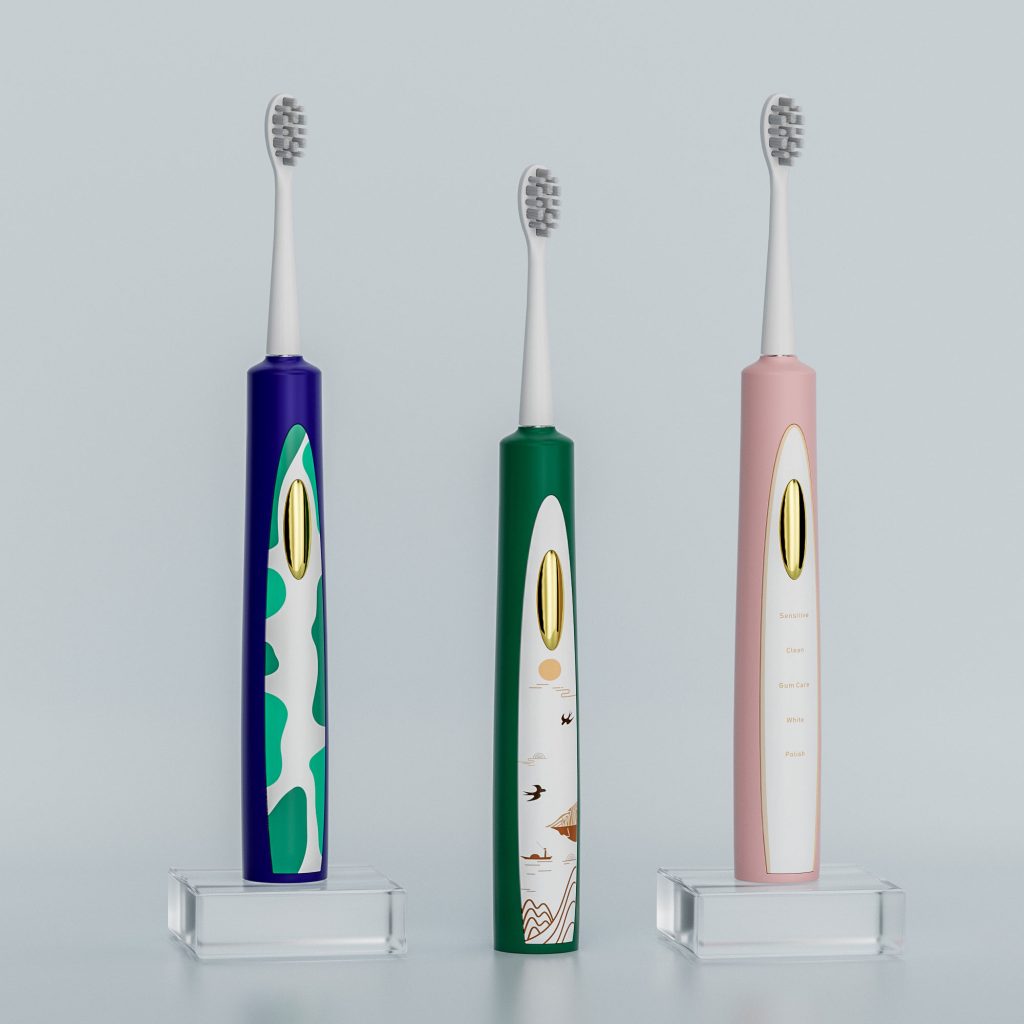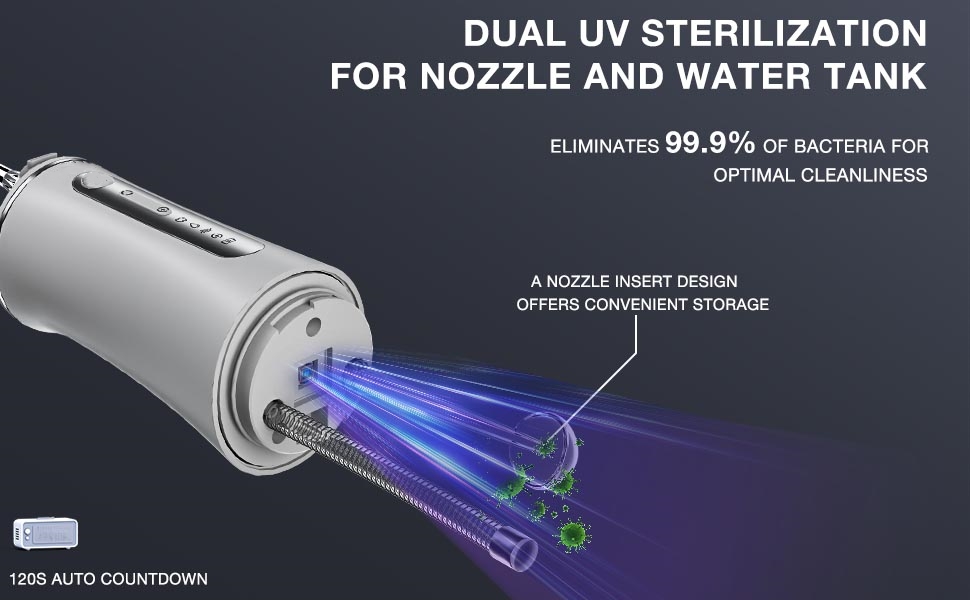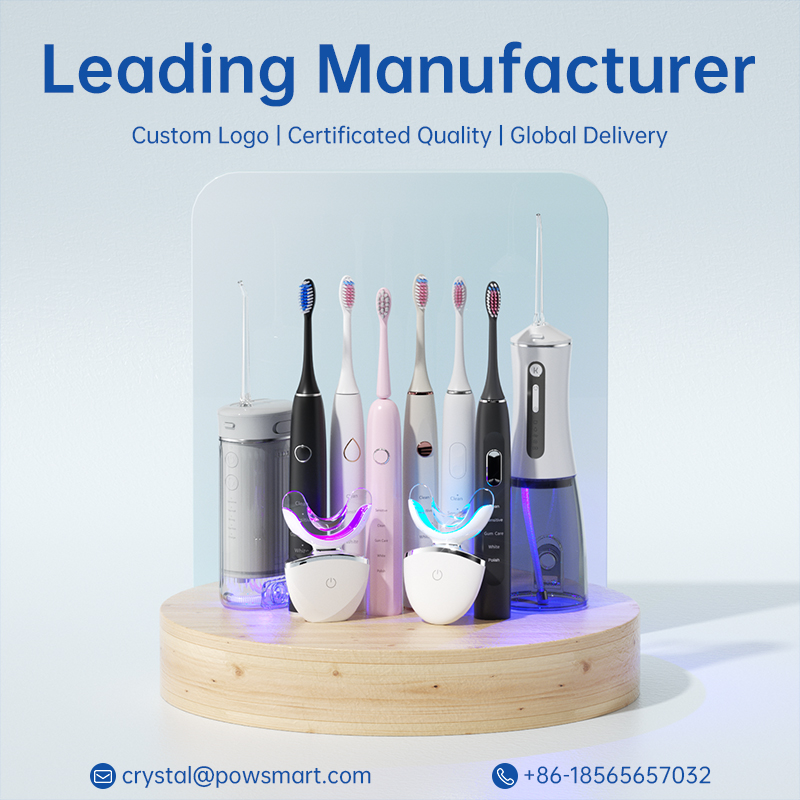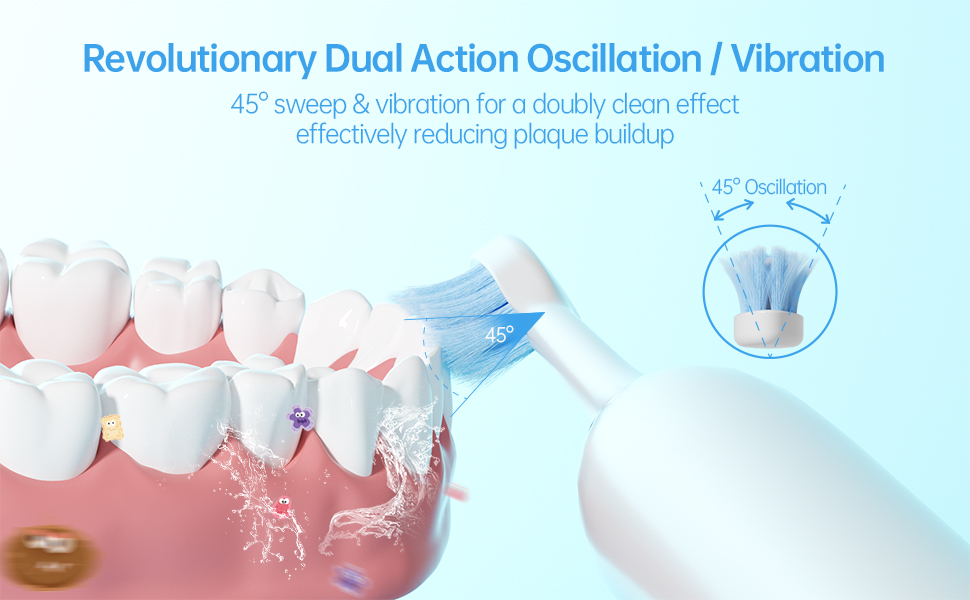Manufacturers often ask whether a local endorsement—such as a Dentist approved Mumbai seal—justifies marketing an antibacterial brush head as clinically superior. The short answer is: a dentist endorsement can improve credibility, but it does not substitute for rigorous lab and regulatory validation. Below are six manufacturer-oriented dimensions to evaluate validity, avoid legal risk, and build a defensible product and claim set.
First, clarify the phrase. A Dentist approved Mumbai seal generally denotes a local clinician or group endorsement rather than a formal regulatory certification. Consequently:
Second, back endorsements with reproducible data. At minimum, combine:
Third, choose agent and application methods with care. Options include surface-bound (non-leaching) chemistries, embedded inorganic agents (silver, copper alloys), or photocatalytic coatings. Bear in mind:
Fourth, claims influence regulatory treatment. Important points:
Fifth, operationalize a Dentist approved Mumbai program so it is reproducible and defensible:
Finally, run a short-loop post-market program:
To decide whether a Dentist approved Mumbai seal is valid and defensible for your antibacterial brush head, do the following now:
If you want, I can convert this into a practical operations pack (required lab test list, suggested acceptance criteria, sample clinician MOU, compliant claim language templates, and a pilot study outline) so your regulatory, product, and commercial teams can move from concept to a defensible market launch. Contact Powsmart


Improve Your Oral Hygiene with These Toothbrush Care Tips

Brooklyn Fast Local Delivery Electric Toothbrush Wholesale Suppliers

Best Tips for Brands Before Deciding to OEM Water Flossers
-1-scaled.png)
Why Combine Whitening Tray Manufacturing with Whitening Gel Formula Development?

Maximizing Profit Margins: How to Position Water Flossers as Premium Products
Dual-Color Light Therapy Toothbrush OEM – LED Oral-Care Innovation
.jpg)
How Does a Water Flosser OEM Implement Quiet Flosser Technology for Home Use?
Is Your Whitener Automated Assembly Truly Integrated with Industry 4.0 Standards?

electric toothbrush factory evaluation standards- 5 Must-Read Criteria for Brand Owners

Seeking Electric Toothbrush Innovation Partners Who Are Electric Toothbrush Sustainable Supplier?
How Does Cold Light Wavelength Affect Bleach Decomposition?

How to Keep Teeth Clean with Braces: A Complete Care Guide

App Connected Toothbrush: OEM Development for Smart Oral Care

Different types of water flosser nozzles and how to choose the right nozzle?
Enamel Scratching from Gum Irritation – Reversible?

Workplace Oral Health Initiatives – Inspiration of Custom Electric Toothbrush Programs

electric toothbrush heads Charcoal Infuse-Round

electric toothbrush heads Deep Clean

Customization Teeth Whitening Gel

electric toothbrush heads Regular Clean

Electric toothbrush heads Charcoal Infused-Diamond

Private Label Whitening Gel
.jpg)
Florida Electric Toothbrush – Powsmart PTR-C8

electric toothbrush heads Ultra Soft
whstapp
whstapp
National Toll-Free Service Hotline
+86 755 86238638